Venice, a city like a beautiful mosaic, reveals itself through six distinct districts known collectively as sestieri. Each one of these sestiere has its own special character and stunning attractions.
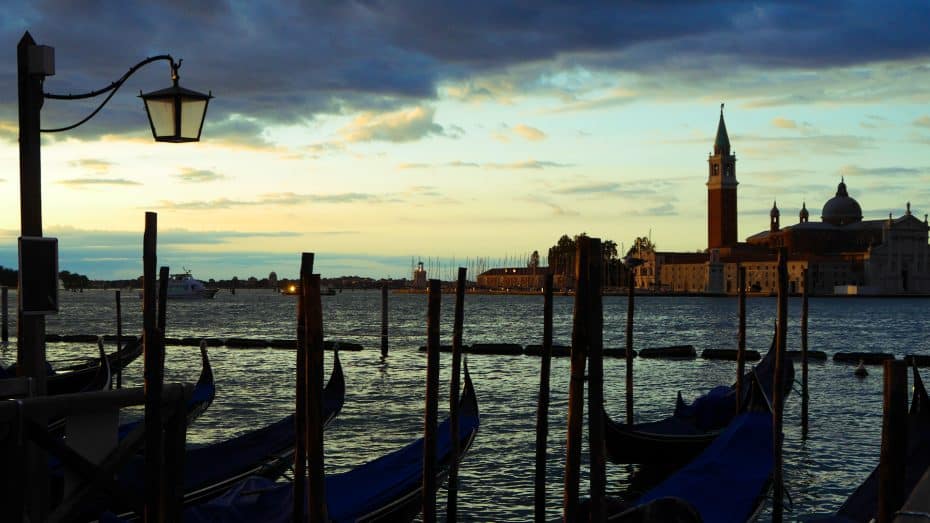
Based on our several trips to Venice, we will take you through each sestiere, from San Marco’s iconic charm to Santa Croce’s hidden treasures. This guide uncovers must-see spots and insider tips for an amazing trip to La Serenissima.
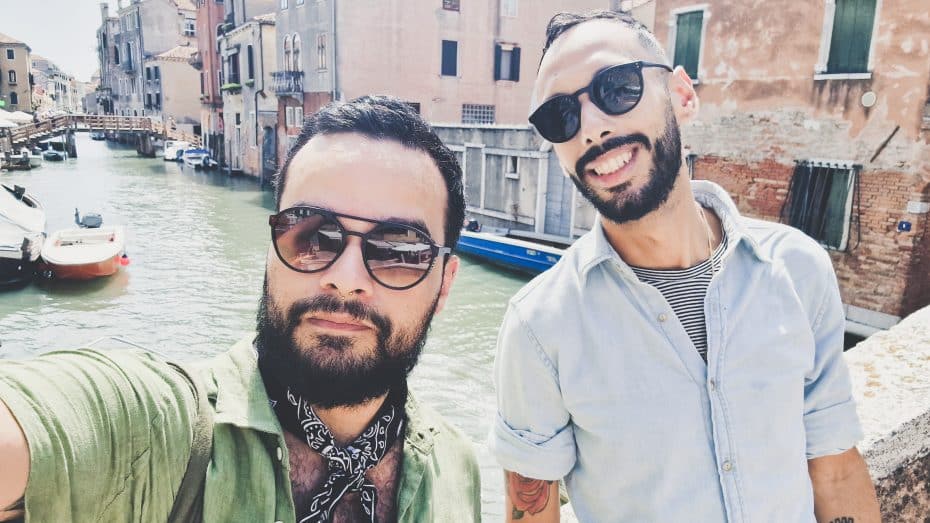
What’s a Sestiere?
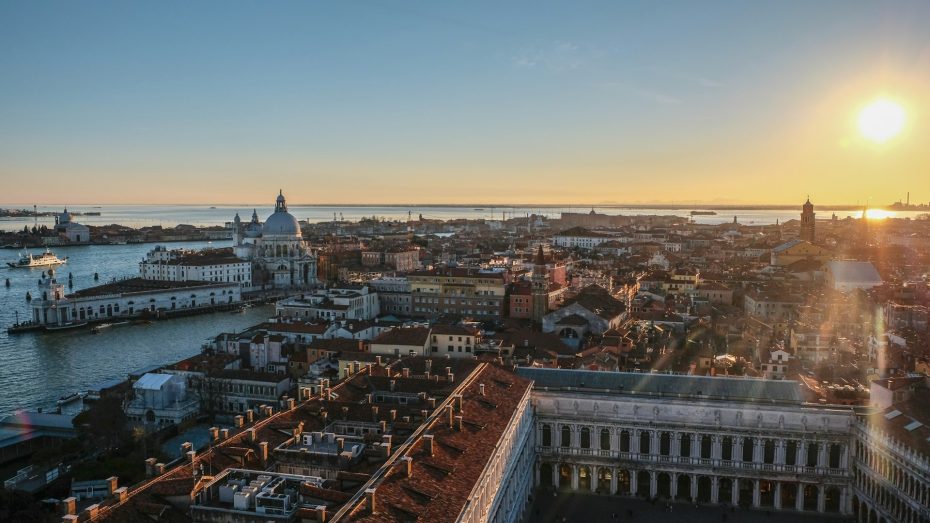
In Venice, a sestiere is a neighborhood of the city center. The word “sestiere” comes from the Italian word “sesto,” which means sixth. You might be thinking, “Hold on, I thought neighborhoods were ‘quarters’ – why is Venice all about sixths?”
It all comes down to history and the city’s somewhat haphazard development on water. Unlike most ancient Roman cities, which had an orderly layout of roads and neighborhoods determined by the intersection of two main roads, Venice emerged from its watery surroundings and grew organically without an overlying grid system. And thus, it ended up with the charmingly unorthodox six districts we know today.
These six areas are Cannaregio, San Polo, Dorsoduro, Santa Croce, San Marco, and Castello.
However, these divisions don’t cover the entire historic area of Venice. The islands of Giudecca are officially a part of Dorsoduro, the island of San Giorgio Maggiore belongs to San Marco, and San Michele, home to the city cemetery, is part of Castello.
Additionally, the islands of Burano and Pellestrina also have districts called sestieri, even though they each have five and four subdivisions, respectively. Furthermore, the division into sestieri also extended to other territories under the control of the Republic of Venice, as is the case of the island of Crete.
A Guide to Venice’s Six Sestieri
1. San Marco
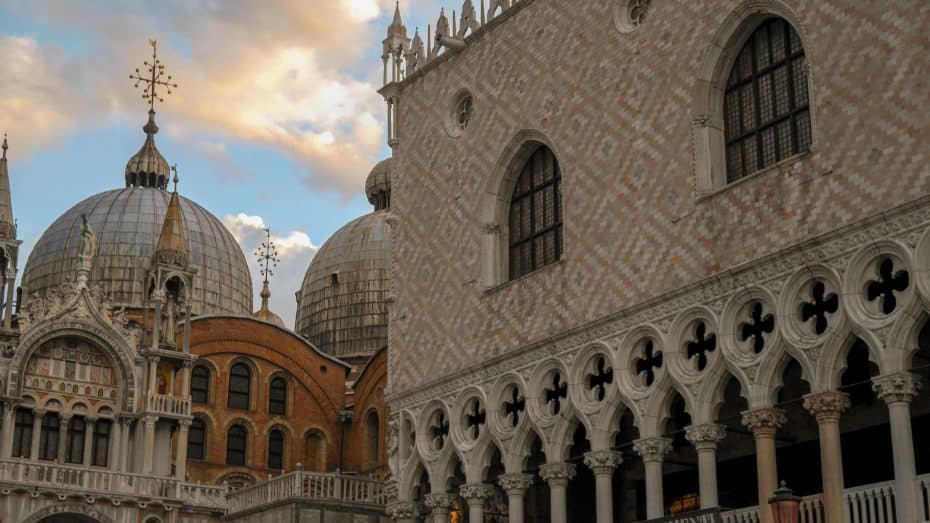
San Marco is named after the renowned Basilica di San Marco. This district occupies a central spot in Venice. It is famous for its iconic monuments, museums, and galleries, some dating back to the Republic of Venice era.
Some of the top attractions in this district can be found in St. Mark’s Square. These include St. Mark’s Basilica, an iconic church with a stunning exterior façade made up of gold mosaics, the Doge’s Palace – a Gothic masterpiece once home to the ruler of Venice and the Torre dell’Orologio, a Renaissance clock tower with two shepherd statues punching the hour on its top.
Nearby, the famous Rialto Bridge spans the Grand Canal providing a great opportunity for pictures and selfies.
This sestiere also features two noteworthy museums: Correr Museum and Palazzo Grassi. The Correr Museum exhibits Venetian history through artwork, maps, coins, and sculptures, while Palazzo Grassi hosts temporary modern art exhibitions by world-renowned artists. Lastly, La Fenice Theatre – a place for performing arts – is a must-visit for those interested in Venice’s connection to opera history.
The main streets, squares, and waterways in San Marco include Piazza San Marco, the Grand Canal, and Mercerie Street. Here, you’ll find major shopping centers and popular restaurants.
San Marco’s cramped canals and narrow walkways harbor a dense collection of historical tourist sites and attractions. You can avoid crowds by visiting during the early morning hours.
2. San Polo
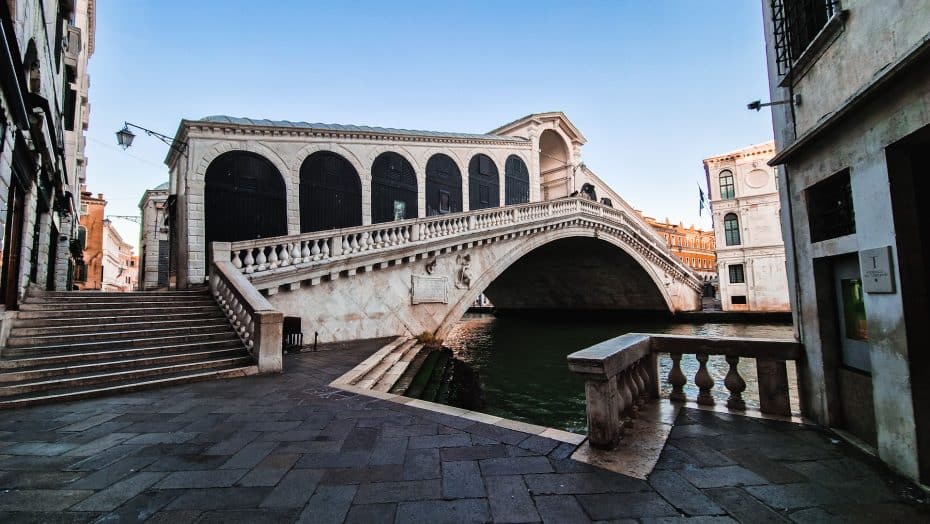
San Polo got its name after the Church of San Polo. Located right at the heart of Venice, it is home to the famous Rialto Market. This sestiere is bustling with activity as people shop for fresh produce and enjoy delicious meals along the main streets and canals.
The primary attractions in San Polo include the Rialto Bridge, the Grand Canal, Campo San Polo, the Church of San Giacomo di Rialto, Scuola Grande di San Rocco, and the Frari Basilica.
Fun fact: Ponte delle Tette, which translates to “Bridge of Breasts” in English, is an amusingly named bridge in the San Polo district of Venice. Its humorous name dates back to the 16th century when it was common for courtesans to display their breasts on the bridge as a form of advertising.
Besides its rich historical background, San Polo is also famous for its entertainment scene. The many theaters and galleries throughout the district make it popular among those looking to enjoy Venetian nightlife.
3. Dorsoduro
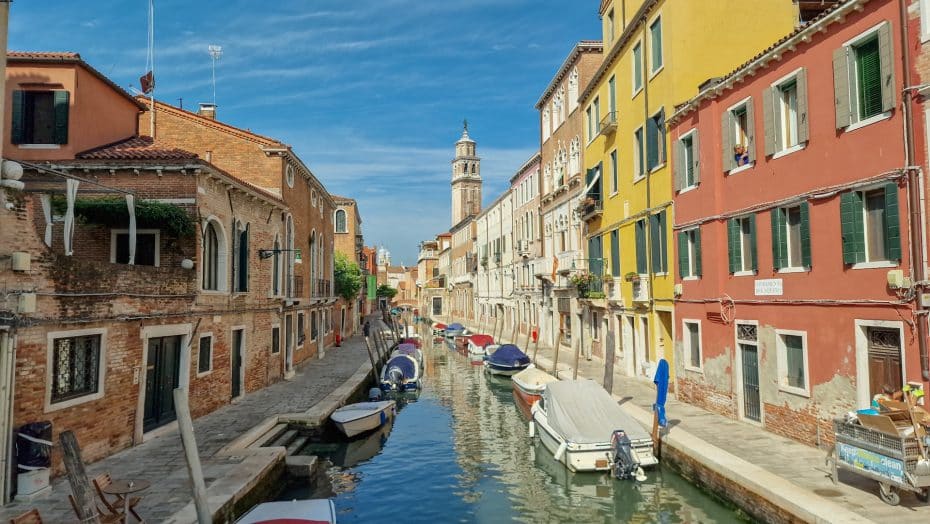
Dorsoduro, whose name (“Hard Ridge”) likely refers to the compact sand dunes once prevalent in the area, is a lively neighborhood full of things to see, do, and taste. Located close to city highlights such as Piazza San Marco and the Rialto Bridge, Dorsoduro is easily accessible by waterbus and on foot.
The district delights with its authentic atmosphere and winding streets along picturesque canals. Some notable monuments in this sestiere are the Gallerie dell’Accademia, which houses a vast collection of Venetian art dating back to the Middle Ages; the Peggy Guggenheim Collection, displaying pieces from leading modern artists; and the Church of Santa Maria della Salute, boasting breathtaking architecture. Alongside these glorious attractions are smaller charms like Squero di San Trovaso – an ancient gondola shipyard – and Campo Santa Margherita – a bustling square full of cafes and markets.
Strolling along Fondamenta delle Zattere offers visitors scenic canal vistas and lovely osterie (traditional restaurants) on its waterfront. You can stroll on Rio Tera dei Pensieri between Campo Angelo Raffaele and Campo Santa Barnaba as you discover the ambiance of Dorsoduro’s daily life.
Don’t miss the opportunity to cross Ponte degli Scalzi and Ponte dell’Accademia and soak up the unmatched atmosphere of this sestiere.
4. Cannaregio
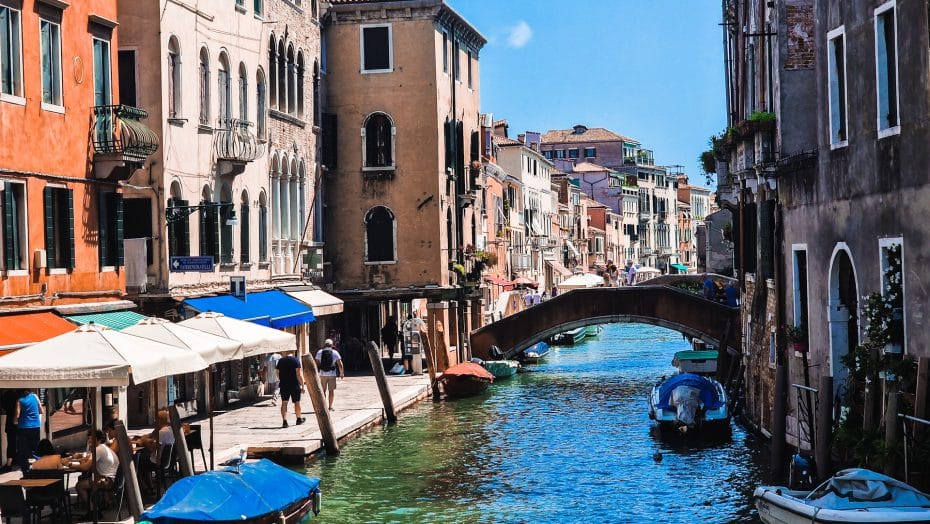
Cannaregio is the northernmost of the six historic districts of Venice. It’s named after its origin in a marshy area where reeds (canna in Italian) used to be widespread.
The must-visit places are the Jewish Ghetto, the Church of Madonna dell’Orto, the Palazzo Cà Vendramin Calergi, the Church of San Geremia, the Fondamenta della Misericordia, and the Ponte delle Guglie. The Jewish Ghetto dates back to 1516 and showcases Jewish history and culture through several small museums and synagogues. Not far away, The Church of Madonna dell’Orto, dedicated to Saint Christopher, is filled with artwork by famous artists such as Tintoretto. In contrast, the Palazzo Cà Vendramin Calergi is an elegant Renaissance building that houses Venice’s casino.
Furthermore, the Church of San Geremia stands tall with its beautiful Venetian-Byzantine architecture and houses Saint Lucy’s sacred relic. The Ponte delle Guglie is a historic stone bridge decorated with intricately carved spires connecting two banks of the Cannaregio Canal.
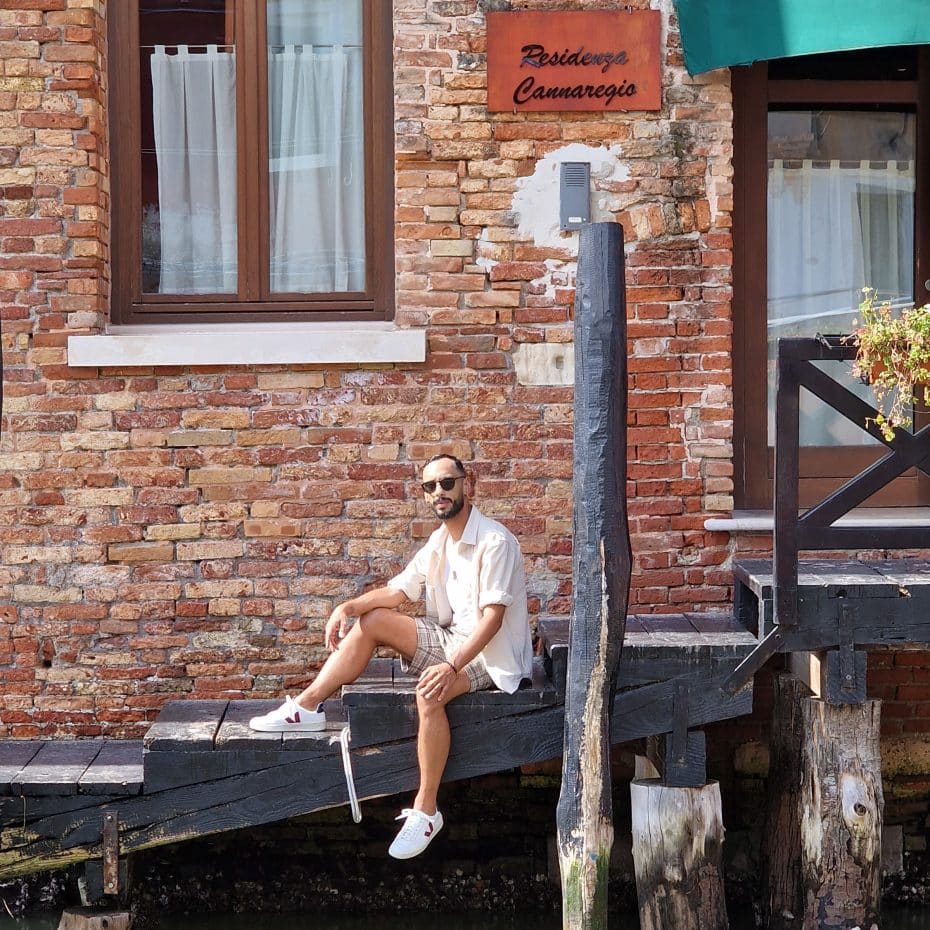
The district offers many fabulous dining and entertainment spots around Fondamenta della Misericordia, a charming waterfront promenade popular for canal-side dining and picturesque views with a vast selection of bars, pubs, and restaurants. Other key streets include Strada Nuova and Lista di Spagna.
5. Santa Croce
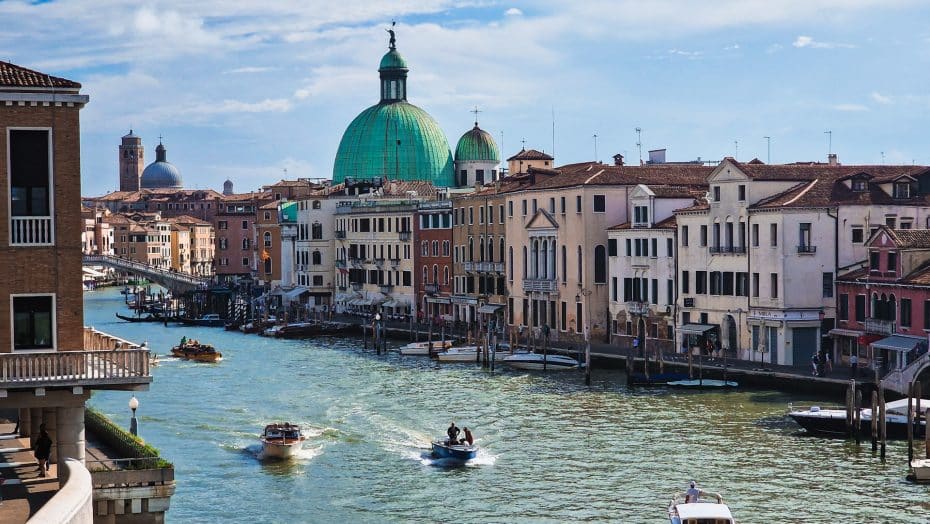
Santa Croce got its name after the demolished Santa Croce church and includes Piazzale Roma, Tronchetto, and Stazione Marittima.
Sestiere Santa Croce is home to numerous attractions worth exploring. The Church of San Nicola da Tolentino features stunning architecture and works of art. Another must-see destination is the Fondaco dei Turchi, a striking palace that now houses the Natural History Museum of Venice.
The tranquil atmosphere of the Papadopoli Gardens invites those seeking serenity in the bustling city. Designed by Francesco Bagnara in the 19th century, this lush public park features manicured lawns, vibrant flowers, and beautiful sculptures. To admire 15th-century architecture, head to Ca’ Pesaro. This grand Baroque palace on the Grand Canal is now home to the International Gallery of Modern Art and showcases works by renowned artists like Kandinsky and Klimt.
Finally, Fondamenta dei Tolentini offers charming views of picturesque canals lined with historic buildings.
Santa Croce is a major transportation hub in Venice. Piazzale Roma is a multimodal interchange center for buses, ferries, and water taxis, while the main train station, Santa Lucia, is just a short walk away.
The atmosphere in the district offers a unique charm. Wandering its streets, you’ll find authentic local businesses and thriving street markets. The canals found in the district create an idyllic backdrop, with the main ones being the Rio Marin and Rio San Stin.
6. Castello
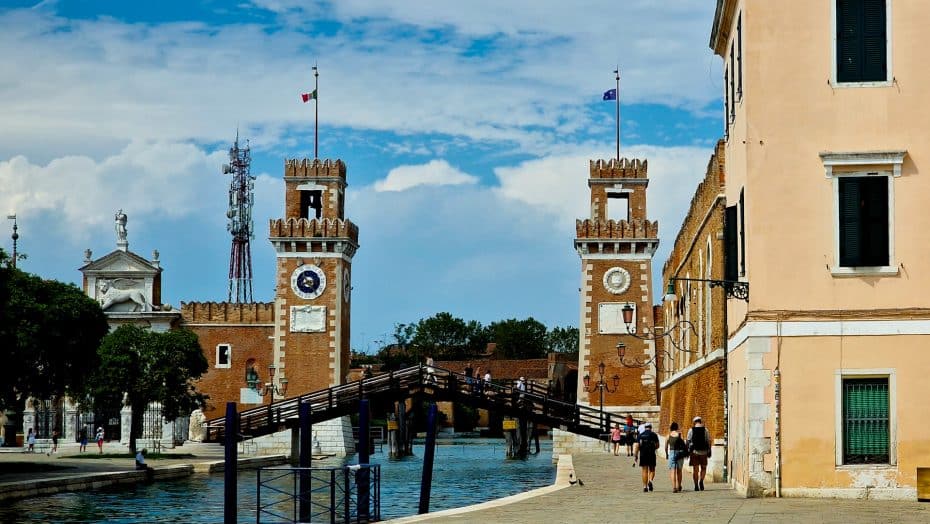
Castello is named after a former fortress. It’s well-known for its historical background and for being the stunning backdrop for significant events like the Biennale and the Venice Film Festival.
The district is home to the famous Venetian Arsenal, a historic shipyard and former maritime hub. Built in the 12th century, it played a crucial role in Venice’s naval and commercial prowess during the Middle Ages and Renaissance. The area hosts cultural events and preserves many of its original structures, such as the entrance flanked by four imposing lions.
Castello is perhaps the most authentically Venetian neighborhood in all of Venice. Geographically speaking, it is the furthest sestiere from the main hub of the city, Piazza San Marco. This relative isolation means Castello is largely undisturbed by mass tourism.
One of the busiest areas of Castello is Via Garibaldi, a long stretch of road with a wide range of osterie, bars, and restaurants frequented by locals, offering a true Venetian experience without crowds of tourists.
Within Sestiere Castello, the lush green gardens of Giardini della Biennale provide a serene escape from the bustling city life. Another significant site is the Church of San Zaccaria, which features stunning artwork by renowned artists like Giovanni Bellini and Tintoretto.
Exploring this district further will lead to discoveries like Scuola Grande di San Marco – an iconic building adorned with beautiful marble facades. Strolling through Sestiere Castello also reveals picturesque winding streets and striking monuments such as the Ponte del Paradiso bridge overlooking canals dotted with traditional gondolas.
Interesting Facts about Venice’s Sestieri
- Venice’s Sestieri are six distinct neighborhoods, each with their own characteristics and atmosphere, forming the core of the city.
- Cannaregio was once a densely populated area that featured the world’s first Jewish Ghetto, which still exists today and houses Europe’s oldest Synagogue.
- The Rialto Market in San Polo has been in operation for nearly 1,000 years and is one of the most ancient markets still functioning today in Europe.
- San Marco holds the monumental Piazza San Marco, also known as St Mark’s Square, which frequently experiences “aqua alta,” water rising from the lagoon that floods parts of the square.
- The oldest church in Venice is in the Dorsoduro Sestiere: Church of San Nicolò dei Mendicoli, dating back to the 7th century.
- Santa Croce is the only Sestiere where cars are allowed. It’s connected to the mainland by a long bridge – Ponte della Libertà.
- Castello is home to the impressive Arsenale di Venezia, once Europe’s largest shipyard and currently housing events during the Venice Biennale festival.
- The Barbarigo Palace located in Dorsoduro houses an extensive collection of over 800 art pieces by Italian artist Pietro Longhi.
- In Cannaregio Sestiere, an abandoned 16th-century church called Santa Maria dei Miracoli is now a musical instrument workshop by Academy Lucchese.
- Madonna dell’Orto Church in Cannaregio boasts artwork by famed Venetian painter Tintoretto, who is also buried there.
Venice’s Uniquely Weird House Numbering System
The buildings in Venice are numbered in a peculiar way – they follow a continuous sequence within each Sestiere instead of being based on street names.
In Cannaregio, the sequence of building numbers starts at the train station and progresses in an anti-clockwise direction, making identification easier for those new to the area.
Castello’s building numbering system is more convoluted; it begins near San Zanipolo Church and unpredictably twists through the Castello streets.
Dorsoduro’s numbering follows a particular pattern: it starts from Campo San Pantalon and moves along in a zig-zag manner.
In San Marco, the building numbers commence near La Fenice Theatre and tend to spiral outwards across the Sestiere.
The San Polo district has its own numbering system that kicks off close to Campo San Silvestro and snakes across the various alleys in a haphazard manner.
Santa Croce’s building numbering system is relatively simple; it starts at Campo del Tolentini and snakes around the Sestiere progressively.



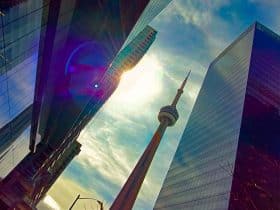
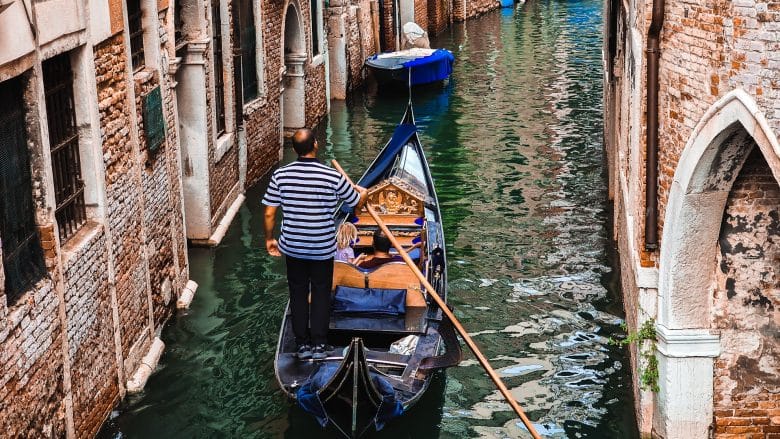



















Leave a Reply
View Comments